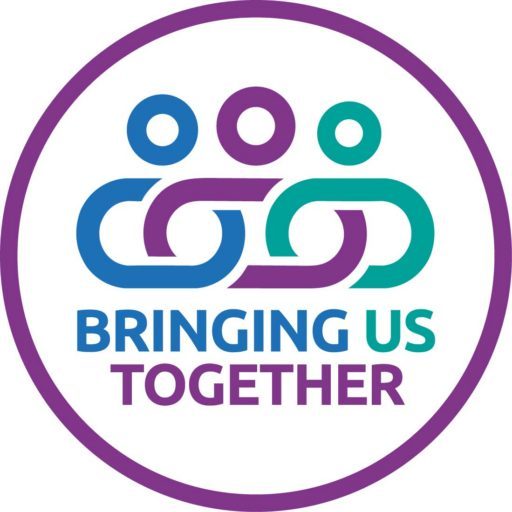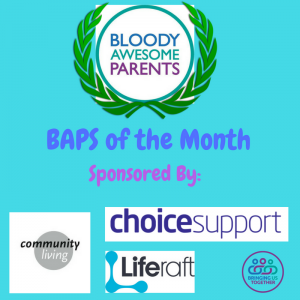Person Centred – the Terminology
 When you start talking with people about person-centred anything, it starts to get confusing. People will call it different things and often people have different understandings of what each of these mean.
When you start talking with people about person-centred anything, it starts to get confusing. People will call it different things and often people have different understandings of what each of these mean.
- Helen was the Department of Health’s expert advisor on person-centred approaches to the Valuing People Support and Putting People First Teams.
- She co-authored the first Department of Health Guidance on person-centred planning, and the 2010 guidance ‘Personalisation through person-centred planning’.
- She is the primary author of People, Plans and Possibilities: exploring person centred planning (1997), the first book on person-centred planning in the UK, emerging from three years research.
- Helen’s PhD is on person-centred planning and organisational change and she has written over fifteen books on person-centred thinking, planning, community and personalisation.
- She is also Vice Chair of the International Learning Community for Person Centred Practices
So how does Helen define the different terms used?
Person-centred approaches refers to the way that we work with people – using a person-centred approach and keeping the person at the centre.Person-centred plans are specific styles of planning, for example, PATH and MAPs.
Person centred practices is the term used for both person-centred thinking tools and practices that combine different tools, for example person-centred reviews, Planning Live and Just Enough Support.
Person-centred thinking refers to a range of practical tools that people can use with individuals, in teams or organisations. They include learning logs, four plus one questions, working and not working from different perspectives.
–Helen Sanderson–
What are Person Centred Values?
There are 8 person centred values:
- Choice
- Dignity
- Independence
- Individuality
- Partnership
- Privacy
- Respect
- Rights
If someone tells you that the way they work, plan or make decisions is person-centred, but the evidence doesn’t show them supporting these values, then the chances are they are either a) trying but without enough knowledge or b) just not doing it.
What are Person Centred Tools?
There are many tools and for many families, who don’t use them, it is frightening to think about where to start and so daunting as to what it really means. What is important for? What is important to? Where do you begin?

© Helen Sanderson Associates
Want to start but not sure how?
Sign up to our blog posts (just add your email in the box at the top right hand side of this page) as we will be announcing a new project later this week to help families.
Mum to three great kids, each with a different SEN.
Transplanted from the NW to the SE.
Co-founder and Director of Bringing Us Together








1 Response
[…] read on Bringing Us Together […]